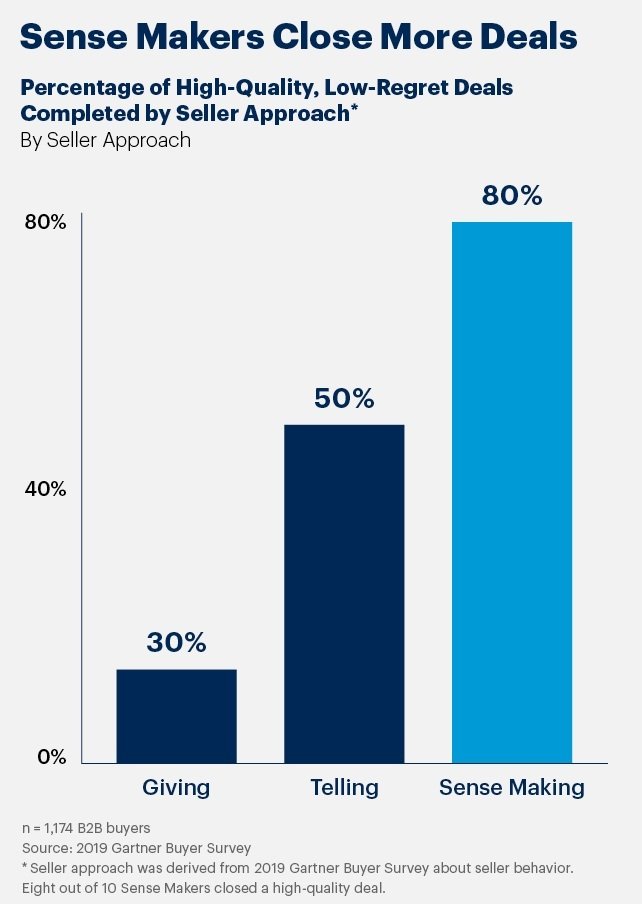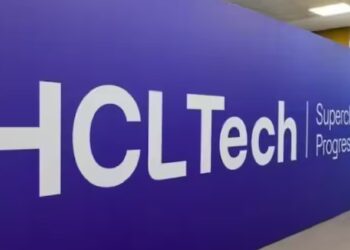During buying journey, potential customers expect sense making and relevant answers from sales representative. In this information era, sales leaders approach must be with additional market information, trends and customer’s point view along with their sales pitch and product knowledge.
According to Gartner, to succeed today – Providing prospects with high-quality information and “thought leadership” is no longer a differentiator for sales organizations. Sales leaders approach must be in a way to help customers make sense of the massive amount of quality information they encounter as part of a purchase and proactively guide them through the buying journey.
Gartner surveyed more than 1000 B2B customers and the data shows 89% of customer respondents found the information they encountered during their purchase process to be of high quality. However, this abundance of quality information is hindering customer decisions, as they report not only being overwhelmed by the amount of trustworthy information, but often contradictory information among suppliers as well.
Gartner suervey also found two customer sentiments that positively influence the likelihood of a high-quality, low-regret deal: high confidence in the information they encountered and low skepticism of the seller. To that end, customers perceive sellers adopting one of 3 unique approaches to engaging them with information — only one of which actually increases confidence and reduces skepticism:
- Giving: The giving approach follows the maxim that more is better. Giving follows from the belief that more information, especially at the customer’s request, will move a deal forward.
- Telling: Telling is the preferred approach of individual experts on the sales force who rely on personal experience, knowledge and authority to address customers’ needs. From a manager’s perspective, a telling approach is the most autonomous.
- Sense Making: “Sense making” helps customers evaluate information so they are able to prioritize various sources of information, quantify trade-offs and reconcile conflicting information. Sense making simplifies customers’ learning by helping them evaluate and prioritize relevant information, all while helping customers arrive at their own understanding.
Gartner research shows that 80% of the sellers who used the sense-making approach closed high-quality, low-regret deals.

According to Gartner research, sense making secures a commercial advantage through a series of unique, information-related behaviors:
- Connect. Diagnose customers’ information needs and provide curated sources and tools to help customers feel they know all the relevant information.
- Clarify. Reduce the complexity of the information environment by filtering and processing information for customers.
- Collaborate. Help customers evaluate the quality of information and arrive at their own understanding of difficult issues.























